Long-term data show hurricanes are getting stronger
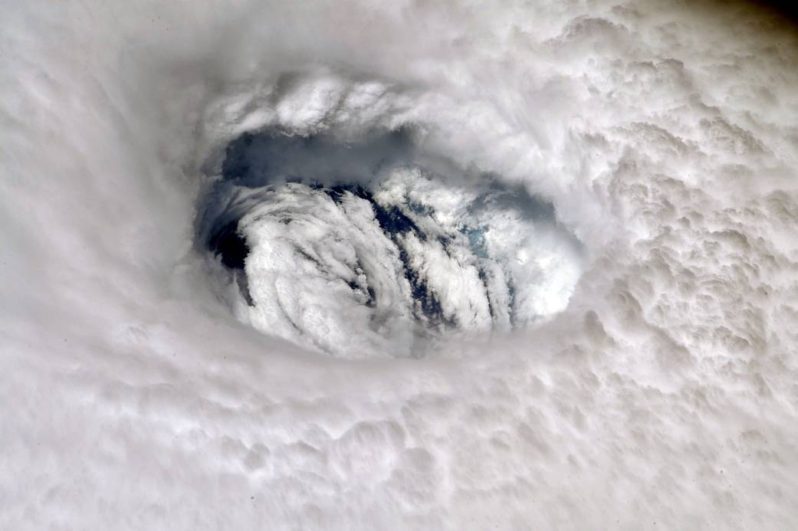
In almost every region of the world where hurricanes form, their maximum sustained winds are getting stronger. That is according to a new study involving an analysis of nearly 40 years of hurricane satellite imagery.
Will floating turbines usher in a new wave of offshore wind?
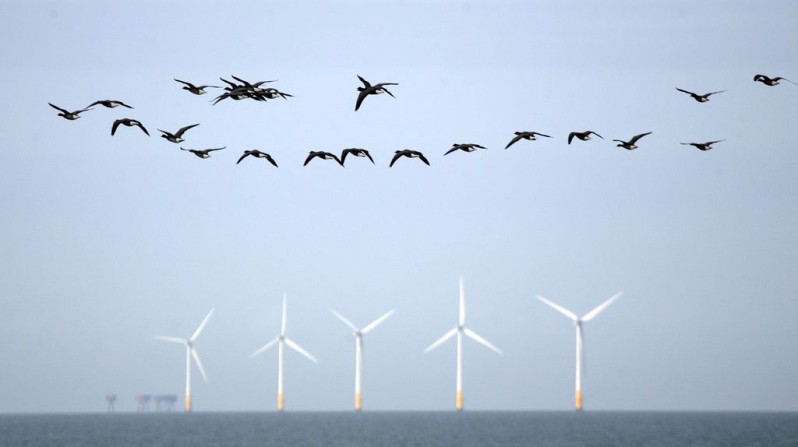
As locations for wind energy fill up onshore and near-shore, companies are deploying floating turbines that can be sited in deep waters, out of view from the coast. Proponents contend the new technology could boost the wind industry, but daunting challenges, including costs, remain.
Connecting coastal processes with global systems
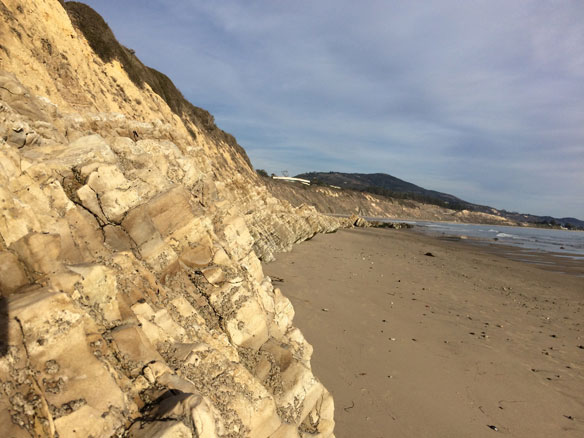
We live, work, and play at the coast. About 40 percent of the world’s population currently lives near the coast. By 2100, more than twice as many people could live in areas susceptible to flooding, given sea level rise, urban growth, and high carbon dioxide emission scenarios.
The Great Lakes are higher than they’ve ever been, and we’re not sure what will happen next

Lakeside living comes with a new premium: flooding and lots of uncertainty.
Trump dismantles environmental protections under cover of coronavirus

The Trump administration is diligently weakening US environment protections even amid a global pandemic, continuing its rollback against the environment, as the November election approaches.
Potentially fatal combinations of humidity and heat are emerging across the globe
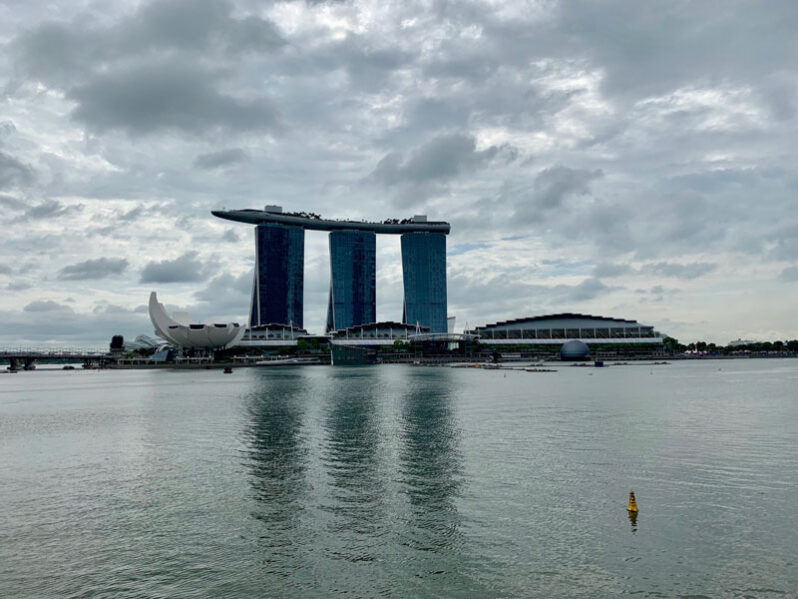
Analyzing data from weather stations from 1979 to 2017, scientists found that extreme heat/humidity combinations doubled, and not surprisingly, incidents tended to cluster on coastlines along confined seas, gulfs and straits, where evaporating seawater provides abundant moisture to be sucked up by hot air.
Global trade in soy has major implications for climate
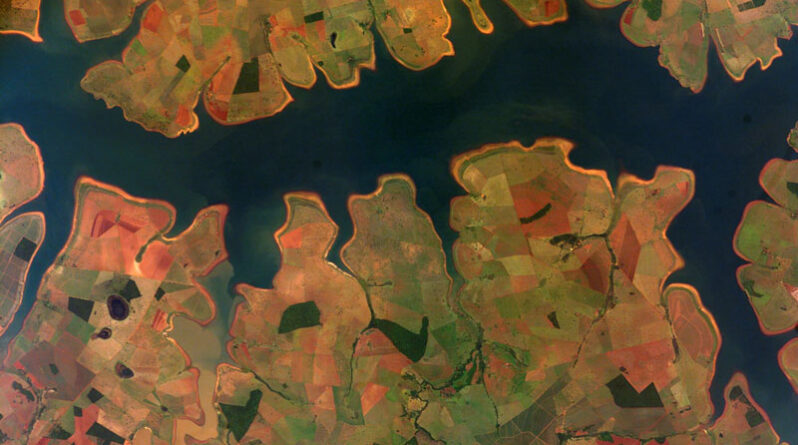
Global soy trade is a major source of greenhouse gas emissions for multiple reasons. The conversion of natural vegetation into arable land is probably the most important cause, but greenhouse gases are also released during the harvesting, the processing into derived products, the subsequent transport to ports of export and shipment.
California’s critical kelp forests are disappearing in a warming world. Can they be saved?
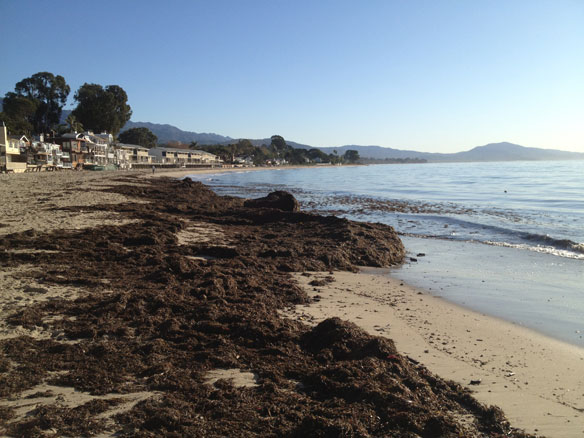
The “sequoias of the sea” suck up carbon and shelter special species. They’ve been hit hard, but scientists, surfers, and more are banding together to save them.
Fortress Charleston: Will Walling Off the City Hold Back the Waters?
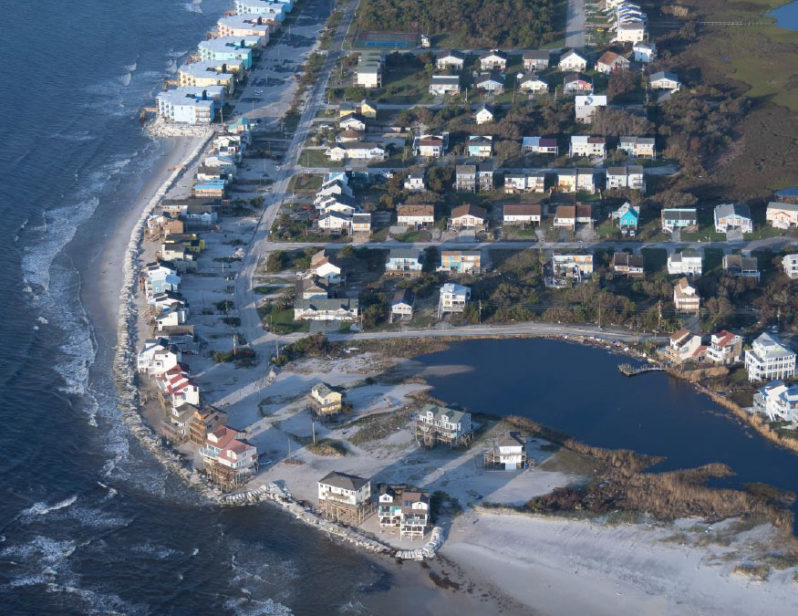
Officials in Charleston, South Carolina have endorsed a $2 billion plan to wall off the historic downtown from rising seas and surging storms. It is the latest in a growing number of extravagantly expensive seawalls and barriers being proposed to defend U.S. coastal cities.
